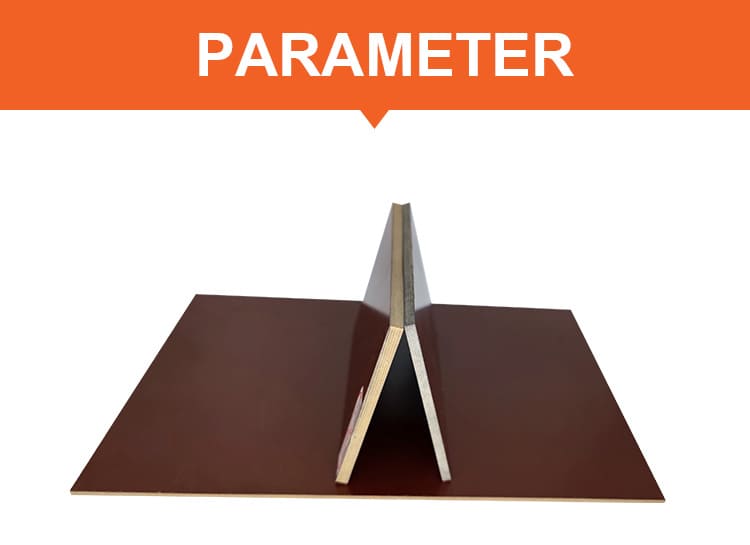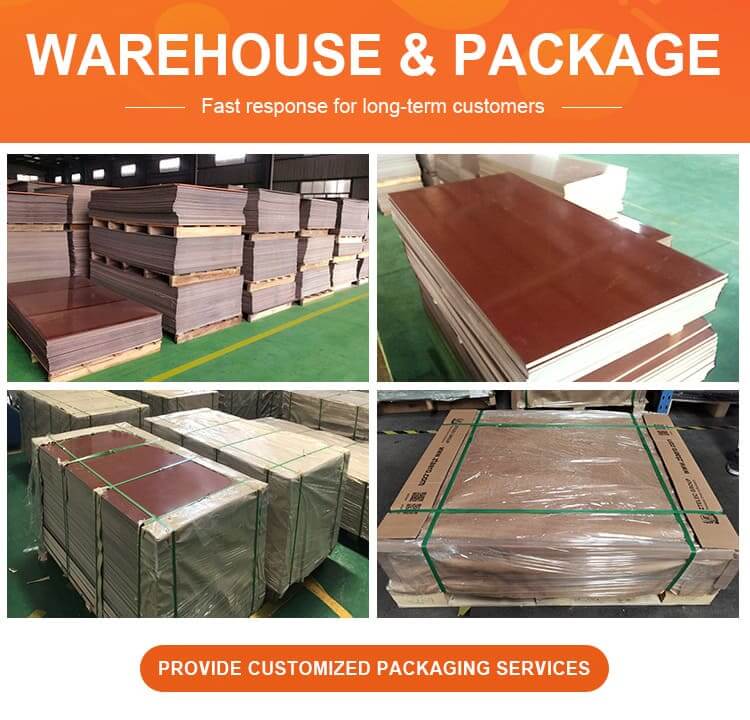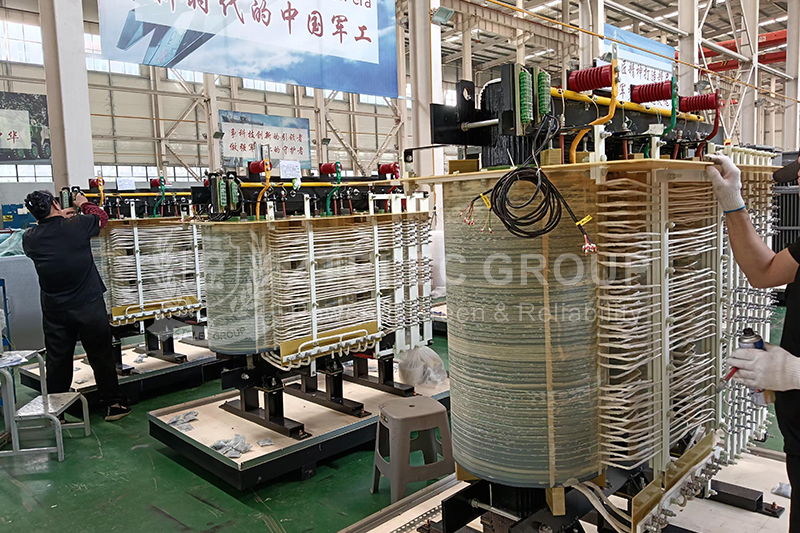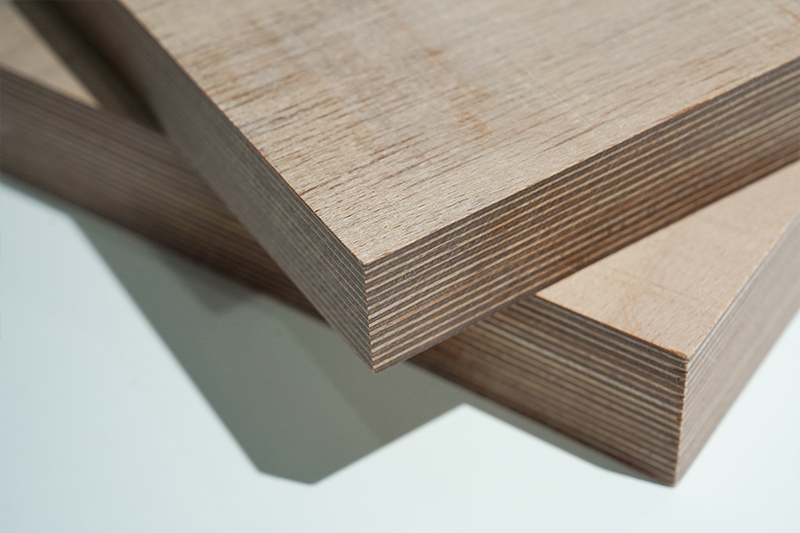What is phenolic material, what are its types and uses
2024-07-02 15:56 | By: ZTELEC-www.ztelecgroup.com | 186click
Phenolic resin is an Industrial Electrical Laminates that has many applications and formulations depending on its material and specific properties. It has many uses in manufacturing electronics and manufacturing parts. Atlas Fiber is available in a variety of phenolic materials including glass, canvas, linen and paper. Learn more about the many uses and benefits of phenolic composites.
1. What is phenolic material?
Phenolic materials are composite materials created when layers of fabric are coated with phenolic resin, heated and placed under high pressure. Phenolic resin is composed of formaldehyde and phenol, which bond together to form large molecules. Phenolic materials are a type of resin composite material based on phenol and aldehyde. This material is usually formed by polymerizing phenol and aldehyde monomers in the presence of a catalyst. Phenolic resins are known for their high strength, excellent heat resistance, electrical properties and chemical stability.
What type of plastic is phenolic?
Phenolic resin is often referred to as the first plastic, like bakelite, and the first commercial synthetic resin was made from phenolic resin. It is a thermoset plastic, which means that once the material is formed, heated and cooled, its shape is fixed.
Phenolic material classification
Phenolic materials are usually divided into two major categories: phenolic encapsulation materials and phenolic composite materials.
Phenolic packaging materials: This type of material is mainly used in the field of electronic packaging, such as manufacturing electronic components, circuit boards and insulators. Phenolic encapsulating materials have excellent electrical insulation properties, strong moisture resistance, and good high temperature resistance, so they are widely used in the electronics industry.
Phenolic composite materials: This type of material is usually a composite material composed of phenolic resin and reinforcing materials (such as fiberglass, paper, mica, etc.). These composite materials are excellent in manufacturing wear-resistant parts, mechanical parts, insulation parts, etc.

2. Types of phenolic composite materials
There are three main types of phenolic composites – paper-based, cloth-based and glass-based. Each option has unique properties and applications.
Paper-based phenolic resin
Paper-based phenolic resin consists of a resin binder and a kraft paper base material. It has good electrical insulation and mechanical properties, and has good mechanical properties. It generally costs less than other phenolic types.
Bucky phenolic resin
Cloth-based phenolics are typically made from resin combined with linen or cotton canvas. Each option has its pros and cons. Canvas phenolic generally has higher mechanical strength than linen, but linen is easier to machine. Both canvas and linoleum phenolics can be designed to have more electrical properties.
Glass-based phenolic resin
Glass-based phenolic resins have the best mechanical strength, heat resistance and electrical properties of any phenolic material.

Phenolic cotton fabric laminate sheet phenolic cotton board
3. What is phenolic plastic used for?
The application of phenolic composites depends on the type of material. G-3, or glass phenolic, is best suited for applications requiring low thermal expansion and high heat resistance. Because of its corrosion resistance, it is often used to make acid-resistant parts. Some uses for glass phenolic resin include:
seal
Gasket
oven parts
structural application
relay
Paper-based phenolic composites are more suitable for applications that do not require high heat resistance, such as:
obstacle
switch board
Terminal block
washer
4.Phenolic Resin Cost Comparison
Phenolic resin countertops offer great value and versatility, fitting various budgets as they are typically mid-priced compared to other materials.
Compared to epoxy resin, a common choice for lab environments, phenolic resin provides approximately 90% of the benefits at a significantly lower cost. While epoxy resin countertops can range from $100 to $200 per square foot, phenolic resin averages $15 to $18 per square foot, with pricing increasing based on specific modifications.
Additionally, phenolic resin is often more readily available, reducing lead times—an important consideration for labs where time is crucial. With fewer epoxy resin manufacturers, projects requiring epoxy may face longer lead times compared to those using phenolic resin.
tags:Price of a 1600kVA 10kV Cast Resin Dry-Type Transformer35kV dry-type transformer protection10kV oil-immersed transformer110 kV oil-immersed transformerOil-Immersed Transformer Maintenance
- more+releated article
- 2025-12-13How to Select and Use Phenolic Cloth-base Lami
- 2025-12-13How Much Does Bakelite Sheet Cost? 2025 Price
- 2025-12-13Why are most 3240 epoxy boards yellow?
- 2025-12-13What are the Main Applications of FR4 Epoxy Bo
- 2025-12-13Why Does the Price of Insulating Paperboard Va
- 2025-12-13Heat-Resistant DDP Insulation Paper
- 2025-12-13Comparison of Heat-Resistant DDP Insulating Pa
- 2025-12-13G10 and FR4 Epoxy Boards: Commonly Used for Ge
- 2025-12-13The Price of Heat-Resistant DDP Insulation Pap
- 2025-12-13How to Choose Epoxy Laminate Materials for Gen





